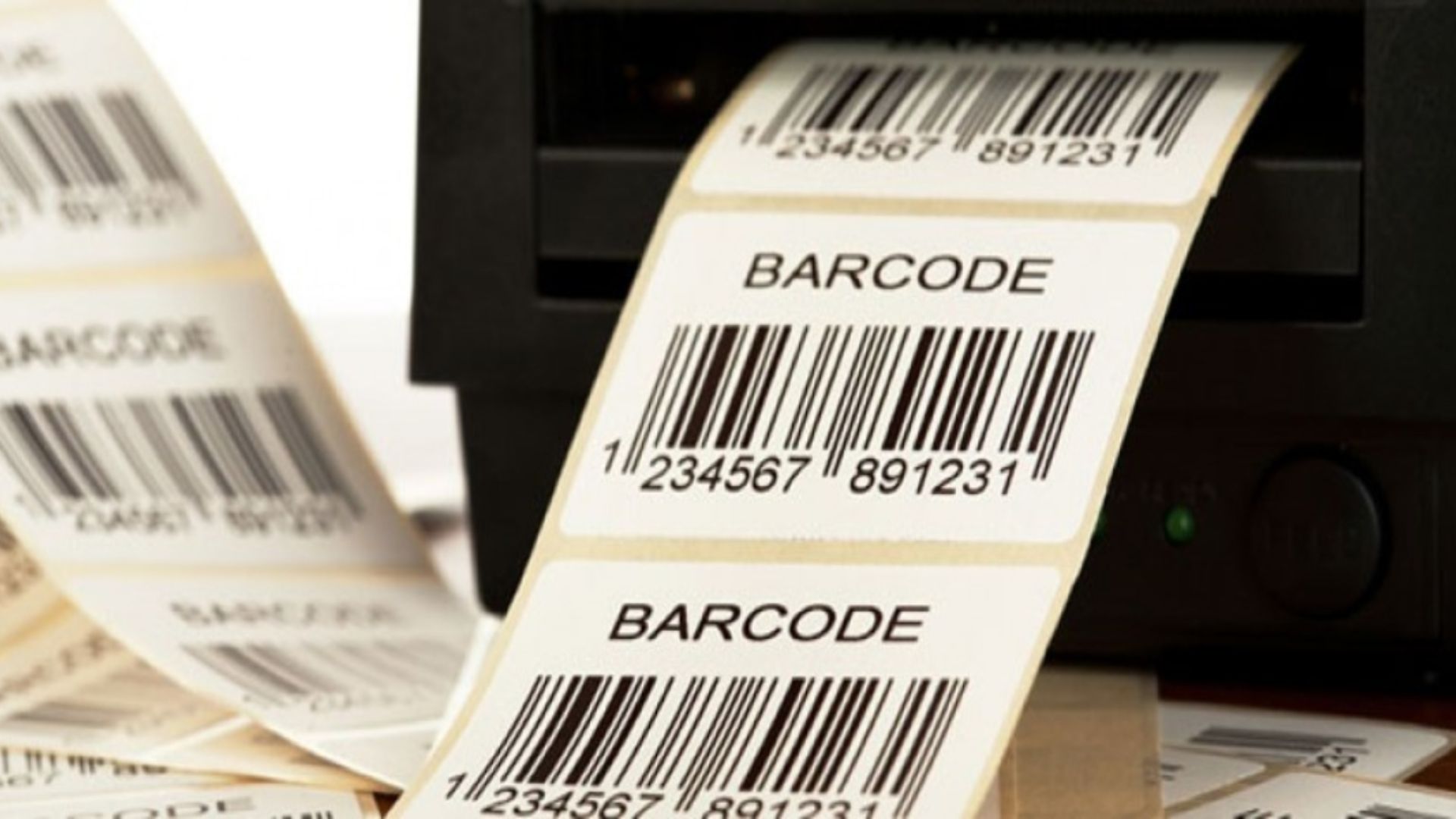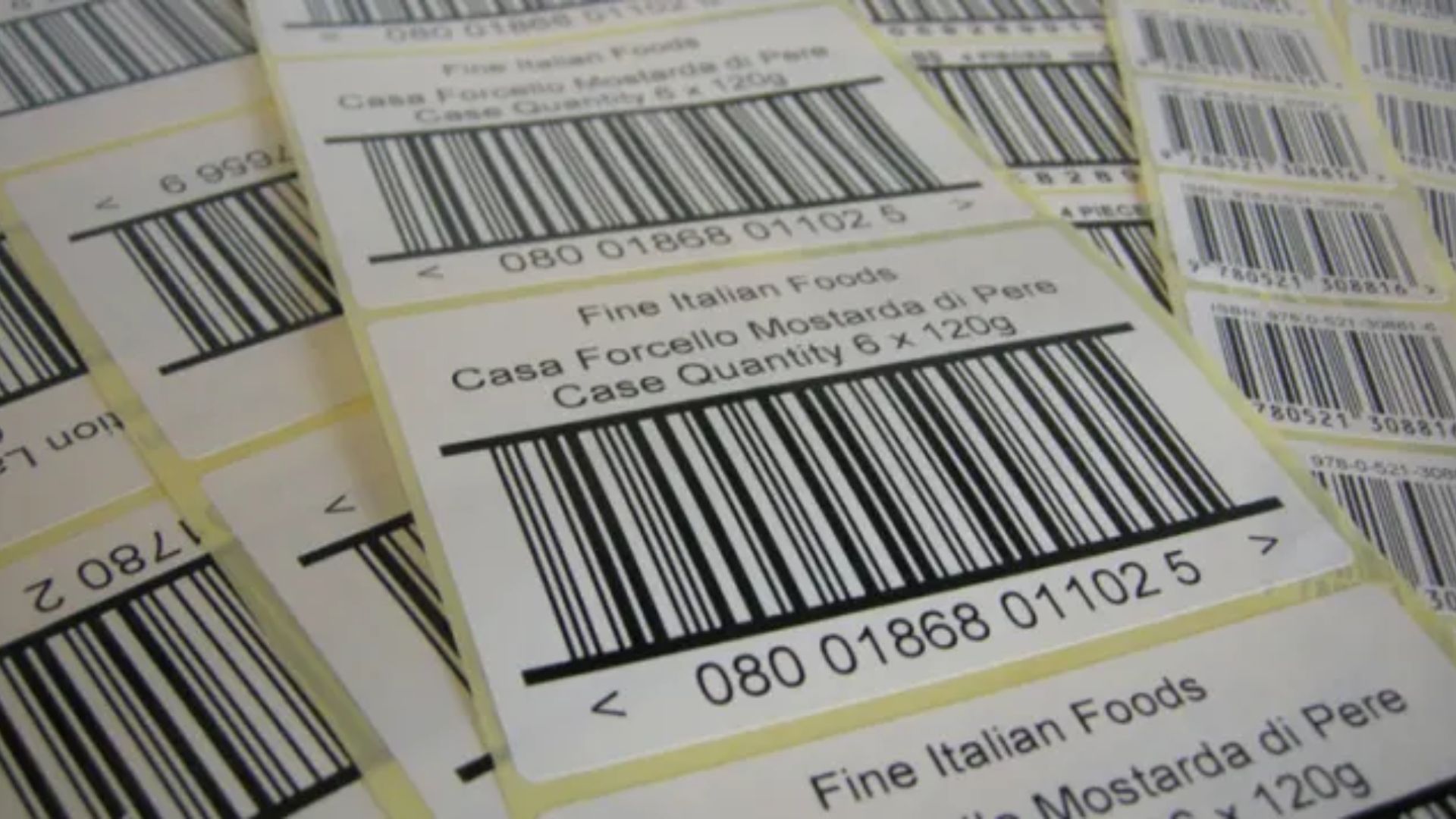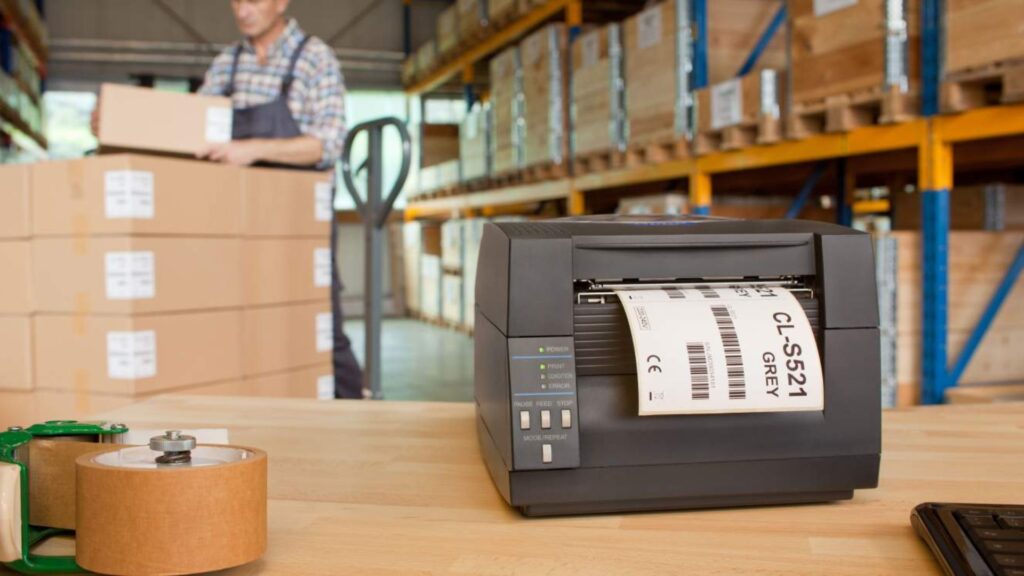How can barcode labels help manage inventory?
Inventory management plays a vital role in the modern dynamic business world. The days of tedious inventory checking, and manual recording are over. Businesses today use cutting-edge technology to improve productivity and streamline operations. Barcode labels are one such technology that has revolutionized inventory management.

Understanding Barcode Labels
In the retail, manufacturing and logistics sectors, barcode labels have become ubiquitous. Although these tiny black and white stripes are not very noticeable, they play a crucial role in automating data capture and reducing mistakes. Every barcode has a unique identification number corresponding to a product or item in an inventory.
Accuracy & Efficiency
Barcode labels are a great way to manage inventory because they offer unparalleled accuracy. Even the most meticulous human can make errors when entering data manually. The barcode scanner, however, reduces errors and ensures that inventory data are accurate.
The barcode label also helps increase efficiency, as it reduces the time needed for tasks related to inventory. Employees can easily update their inventory, track stock and check the status of the items in the supply chain with a scan. The increased efficiency leads to cost savings and allows companies to concentrate on their strategic initiatives rather than being bogged down with manual processes.
Real-Time Visibility
Barcode labels are unique in that they allow for real-time inventory visibility. The inventory system updates instantly as items are scanned into and out. Real-time information will enable businesses to make better restocking, order fulfilment, and overall inventory strategy decisions. This data will allow companies to address problems like stockouts and overstocks proactively.
Inventory Management Software Integration
Barcode labels are only as influential as their integration into inventory management systems. Modern systems can automatically sync data from barcodes with database inventory databases, eliminating manual data entry. The inventory management system is more accurate and efficient with this integration.
Cost savings and return on investment.
Although barcode labelling may be an expensive initial investment, the long-term savings and ROI make it worthwhile. Reduced operational costs are achieved by reducing manual errors and increasing efficiency. Barcodes are an excellent investment for businesses. The benefits outweigh any initial costs.
Scalability & Adaptability
Barcode labels are also adaptable to different business sizes. Barcode labels are available in various sizes and formats to suit your needs, whether you operate a small store or a large manufacturing plant. Barcode labels can be tailored to meet your specific needs, whether you run a small retail store or a large manufacturing facility.
The Future of Inventory Management
Barcode labels continue to evolve as technology advances. Integrating barcode scanners with new technologies, such as the Internet of Things and Artificial Intelligence (AI), can lead to more efficient and sophisticated inventory management. These innovations will help businesses stay on top of their game and ensure that they can adapt quickly to market demands.

Conclusion
Barcode labels are an essential tool that modern companies use to improve their inventory management. They are a great asset to companies that want to remain competitive in today’s fast-paced, demanding marketplace. The role of barcodes in inventory management will likely expand as technology improves, offering more advantages to businesses that strive for excellence.
Inventory management plays a vital role in the modern dynamic business world. The days of tedious inventory checking, and manual recording are over. Businesses today use cutting-edge technology to improve productivity and streamline operations. Barcode labels are one such technology that has revolutionized inventory management.

Understanding Barcode Labels
In the retail, manufacturing and logistics sectors, barcode labels have become ubiquitous. Although these tiny black and white stripes are not very noticeable, they play a crucial role in automating data capture and reducing mistakes. Every barcode has a unique identification number corresponding to a product or item in an inventory.
Accuracy & Efficiency
Barcode labels are a great way to manage inventory because they offer unparalleled accuracy. Even the most meticulous human can make errors when entering data manually. The barcode scanner, however, reduces errors and ensures that inventory data are accurate.
The barcode label also helps increase efficiency, as it reduces the time needed for tasks related to inventory. Employees can easily update their inventory, track stock and check the status of the items in the supply chain with a scan. The increased efficiency leads to cost savings and allows companies to concentrate on their strategic initiatives rather than being bogged down with manual processes.
Real-Time Visibility
Barcode labels are unique in that they allow for real-time inventory visibility. The inventory system updates instantly as items are scanned into and out. Real-time information will enable businesses to make better restocking, order fulfilment, and overall inventory strategy decisions. This data will allow companies to address problems like stockouts and overstocks proactively.
Inventory Management Software Integration
Barcode labels are only as influential as their integration into inventory management systems. Modern systems can automatically sync data from barcodes with database inventory databases, eliminating manual data entry. The inventory management system is more accurate and efficient with this integration.
Cost savings and return on investment.
Although barcode labelling may be an expensive initial investment, the long-term savings and ROI make it worthwhile. Reduced operational costs are achieved by reducing manual errors and increasing efficiency. Barcodes are an excellent investment for businesses. The benefits outweigh any initial costs.
Scalability & Adaptability
Barcode labels are also adaptable to different business sizes. Barcode labels are available in various sizes and formats to suit your needs, whether you operate a small store or a large manufacturing plant. Barcode labels can be tailored to meet your specific needs, whether you run a small retail store or a large manufacturing facility.
The Future of Inventory Management
Barcode labels continue to evolve as technology advances. Integrating barcode scanners with new technologies, such as the Internet of Things and Artificial Intelligence (AI), can lead to more efficient and sophisticated inventory management. These innovations will help businesses stay on top of their game and ensure that they can adapt quickly to market demands.

Conclusion
Barcode labels are an essential tool that modern companies use to improve their inventory management. They are a great asset to companies that want to remain competitive in today’s fast-paced, demanding marketplace. The role of barcodes in inventory management will likely expand as technology improves, offering more advantages to businesses that strive for excellence.


Comments are closed.